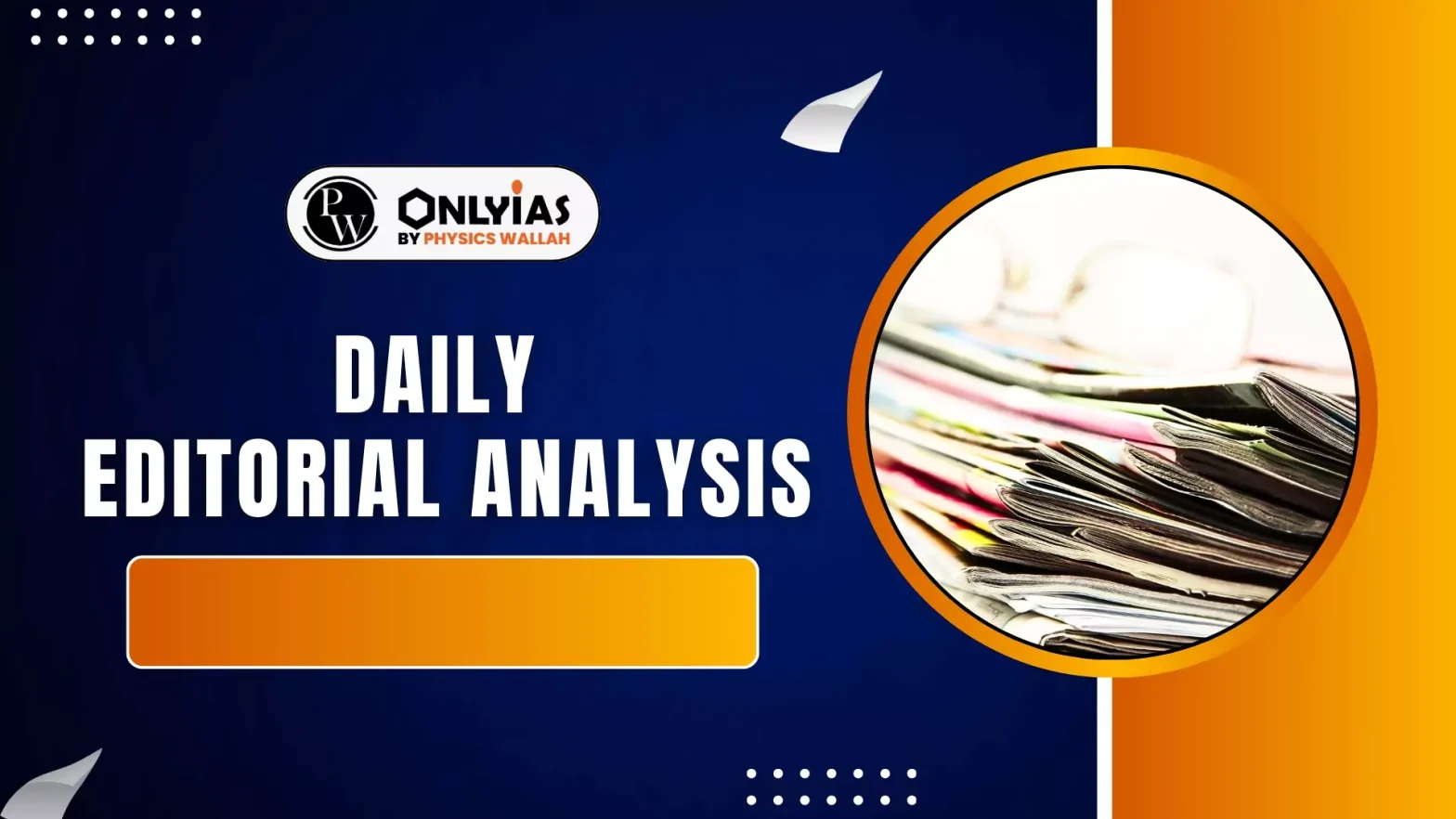India’s demographic ‘asset’ — its large youth population — is in danger of becoming a ‘liability’ as the gap between education and real-world skills and degrees and employability grows wider.
Outdated Education System In India
- India’s education is preparing students for jobs that are rapidly disappearing.
- Curriculum updates are slow (3-year cycles), lagging behind technological disruptions.
- Rabindranath Tagore’s reminder resonates: students must be prepared for “another time.”
AI and the Future of Work
- AI is the most disruptive technology, impacting up to 70% of jobs globally.
- Around 30% of tasks within existing jobs may get fully automated.
- WEF projects 170 million new jobs by 2030, but 92 million will simultaneously be displaced.
- There is an urgent need for upskilling, reskilling, and cross-skilling.
Demographic Dividend under Threat
- India has 800+ million people below 35 years of age.
- This potential “asset” risks becoming a “liability” due to unemployability.
- Millions of graduates remain underemployed or jobless.
- 40–50% of engineering graduates are not placed in jobs — highlighting industry-academia mismatch.
Skills Crisis in Higher Education
- 61% of higher education leaders admit curricula don’t align with market needs.
- Employers report difficulty finding job-ready talent despite a large graduate pool.
- Graduate Skills Index 2025: only 43% of Indian graduates are considered employable.
Early Stage Misalignment (High School)
- Students are unaware of career options beyond traditional roles (doctor, engineer, lawyer, teacher).
- Mindler Survey (2022): 93% of students know only 7 career options out of 20,000+ available.
- Only 7% of students receive formal career guidance.
- India Skills Report 2024: 65% of students pursue degrees misaligned with their interests/abilities.
Challenges in harnessing demographic dividend:
- Pedagogical challenges: Smartphone penetration and government AI labs exist, but pedagogy remains exam-centric.
- Limited focus on career exploration or practical skills.
- Limited Focus: EdTech platforms largely promote test prep, not employability or career discovery.
- Coursera, Udemy and other look-alikes have tried to address this problem, but the certificates obtained from these are becoming increasingly commoditised.
- School curricula remain disconnected from the evolving job market, leaving students unprepared for the challenges ahead.
- Only a few State boards and central bodies have introduced career readiness frameworks, and even fewer integrate emerging career pathways into their curricula.
Government Initiatives and Gaps
- Major programs: Skill India Mission, Pradhan Mantri Kaushal Vikas Yojana (PMKVY), Pradhan Mantri Kaushal Kendras (PMKK), Jan Shikshan Sansthan (JSS), Pradhan Mantri Yuva Yojana (PMYY), Skills Acquisition and Knowledge Awareness for Livelihood Promotion (SANKALP), and Pradhan Mantri Internship Scheme.
- Skill India Mission aimed to train 400 million by 2022 but fell far short.
- The fragmented policies, poor coordination, and lack of industry alignment are key structural challenges weakening India’s skilling ecosystem..
The Decisive Decade
- The next 5–10 years are critical for India to harness its demographic advantage.
- Youth unemployment could trigger instability.
- The student civil disobedience during the Mandal Commission days in 1990 bear witness to the havoc that youth-led protests can create, escalating into violence, clashes with police, property destruction, and, in some cases, fatalities due to police firings.
- Failure may lead to a generation of literate but unemployable youth — a “demographic time bomb.”
- Success depends on preparing youth for careers of tomorrow, not jobs of yesterday.
The Need for a Cohesive Strategy
- India requires a national framework integrating technology, education, and employment.
- Collaboration between government, private sector, and academia is crucial.
- Focus must shift from degrees to job-ready skills and future career pathways.
Conclusion
India’s demographic dividend can either propel it into becoming a global powerhouse or collapse into a demographic liability. The clock is ticking and skilling, innovation in education, and industry alignment are the only ways forward.
![]() 29 Aug 2025
29 Aug 2025

